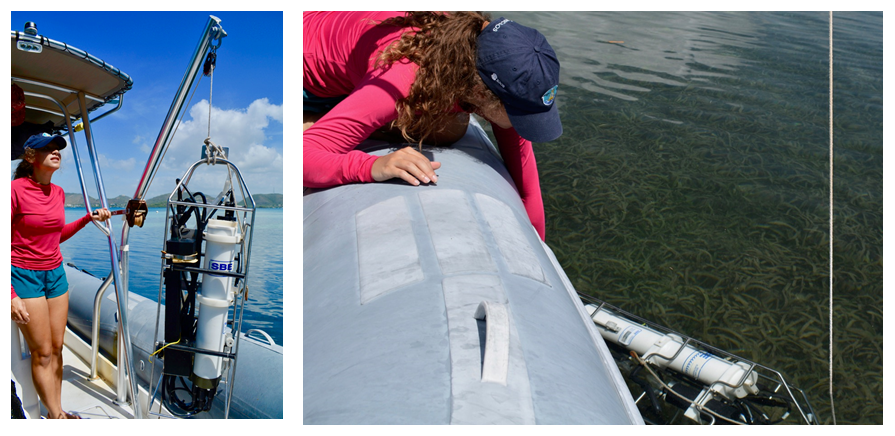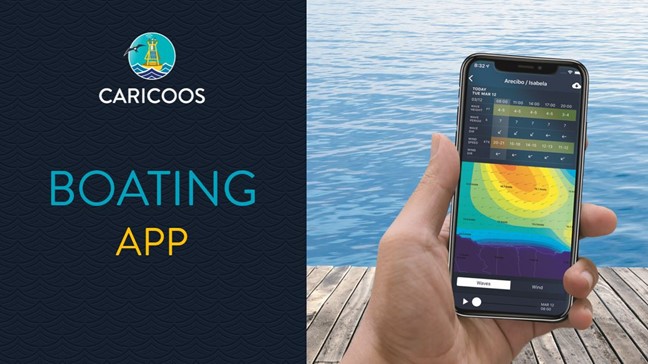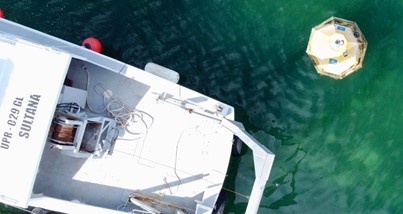Archive
SARGASSUM inundation, anoxia and increased acidification

Sargassum Sub-Regional Outlook Bulletin – Sept 2020 Vol 1
CARICOOS CALL FOR EXPRESSIONS OF INTEREST

CARICOOS Boating app: an accessible and easy-to-use tool for boaters.

The Ocean Acidification Buoy is currently getting its annual maintenance.




